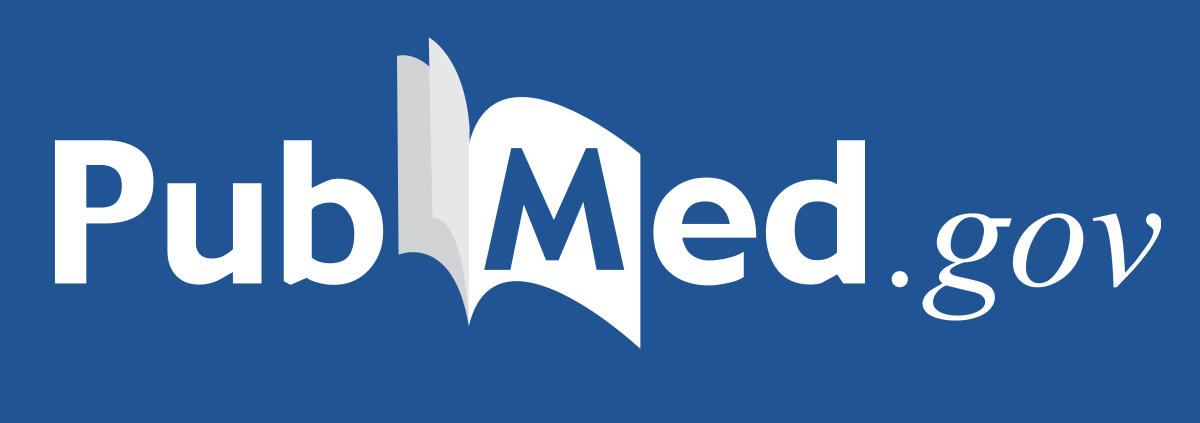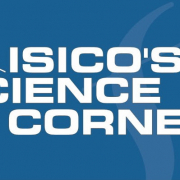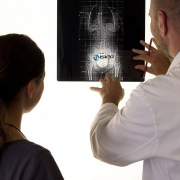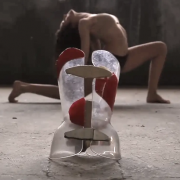A closer look at the data
The study just published, A Pragmatic Benchmarking Study of an Evidence-Based Personalised Approach in 1938 Adolescents with High-Risk Idiopathic Scoliosis, focused on 1938 participants with AIS, Cobb angles of 11–45°, and Risser stage 0–2, who were studied until the end of growth.
Using the inclusion criteria reported in existing RCTs on physiotherapeutic scoliosis-specific exercises (PSSE), plastic bracing (PB), and elastic bracing (EB), we benchmarked 590, 687, and 884 members of our study population, respectively.
The study showed EBPA to be from 40% to 70% more effective than benchmarked individual treatments, with a low number needed to treat (NNT).
“We evaluated clinically significant results and burdensomeness of care, calculating the relative risk of success and the NNT for efficacy”, explains Dr Sabrina Donzelli, Isico physiatrist who contributed to the data analysis. “In randomised studies, patients are randomly allocated to one treatment or another, to ensure that all patients have the same probability of being treated or observed. This randomisation process is necessary to rule out factors (such as physician choice of treatment) that could affect the outcome. We compared our PB, EB, and PSSE subgroups with the corresponding paired RCTs for benchmarking purposes. The probability of success in patients treated in EBPA is between 1.5 and 3.5 times that of natural history and between 1.2 and 2.9 when compared to per-protocol treated groups. Although surgery could not be avoided completely, only 2% of our patients ultimately needed it, compared with 28% of those belonging to the comparison studies’ untreated control groups”.
Patient compliance is the factor underlying the significant difference in these results.








Leave a Reply
Want to join the discussion?Feel free to contribute!